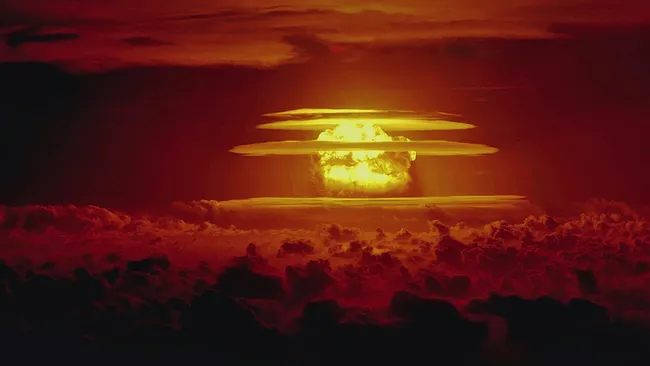
An image of the Castle Bravo nuclear detonation. (Image credit: Shutterstock)
When I was growing up in the 1950s and 60s, the Cold War was a very real thing. The great fear was a major nuclear exchange could virtually end civilization itself.
Recently an article headline jolted me back to that time — “Mass Starvation After Nuclear War Could Be Partially Averted With One Specific Food — Seaweed’ by Ben Jones (https://www.livescience.com/planet-earth/mass-starvation-after-nuclear-war-could-be-partially-averted-with-one-specific-food?).
The logic is a major nuclear war would blanket the atmosphere with dust and debris, reducing the Earth’s surface temperature by as much as 16 degrees F for a prolonged period. The result would probably be mass starvation due to widespread crop failures.
But one part of the world wouldn’t see temperatures drop so far — tropical oceans. Kelp farms, for example, would actually thrive, as colder air forced surface water to sink, thus bringing deeper nutrient-rich water up to replace it. Thus seaweed could be our salvation.
Unfortunately, seaweed contains iodine, which can be toxic to humans in large quantities, so its uses would mostly be indirect, like feeding animals and producing biofuels. But this would enable the arable land that remained productive to grow edible crops until the climate began to recover.
In fact, this approach could be used to mitigate the effects of any disaster, from large-scale volcanic eruptions to asteroid impacts. So even in the worst case, there would be no reason for humanity to starve.
